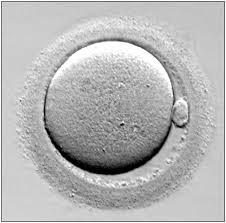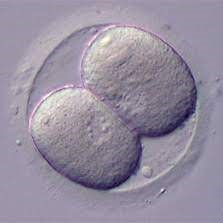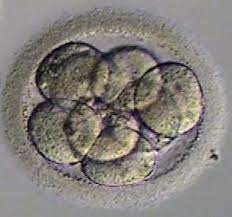Blastocyst Transfer Or Implantation
Blastocyst Transfer
Thousands of couples every year opt to go through IVF fertility treatment in order to increase their chances of conception. If you and your partner are considering an IVF procedure, then you may have heard of many successful procedures performed using blastocyst transfer. Blastocyst transfer is becoming more and more popular in North American fertility clinics, and may help you to increase your chances of IVF success.
 Oocyte
Oocyte
 Zygote
Zygote
 Two Cell Embryo
Two Cell Embryo
 Four Cell Embryo
Four Cell Embryo
 Eight Cell Embryo
Eight Cell Embryo
 Morula Embryo
Morula Embryo
 Blastocyst
Blastocyst
What is Blastocyst Transfer?
Blastocyst transfer is a type of embryo transfer procedure used during IVF. This type of transfer was first performed 30 years ago and is now being used in an increasing number of fertility clinics. During this type of transfer, a blastocyst embryo is placed inside of your uterus where it will hopefully implant and develop into a fetus. It is now becoming a popular alternative to Day 3 embryo transfer.
What is a Blastocyst?
A blastocyst is formed when an embryo reaches the five to seven-day development stage. At this point in development, the embryo has between 60 and 100 cells distributed in two areas: an outer embryo lining (which will later form the placenta), and an inner mass (which will later become the fetus). An embryo needs to have entered into the blastocyst stage once it arrives in the uterus to ensure proper implantation.

How Many Embryos are Transferred?
Should you decide on a blastocyst transfer, it is likely that only one or two of your embryos will be transferred into your uterus. Fewer embryos are required for this type of transfer because blastocyst embryos are more likely to implant and develop than Day 3 embryos. Typically, between two and four embryos need to be transferred during a day 3 transfer procedure.
Advantages of Blastocyst Transfer
Advantages of blastocyst transfer Significantly increases pregnancy rate and improves live birth rates. In view of improved implantation rate with blastocyst, single embryo transfer can be promoted. Hence help to reduce multiple pregnancy rate.
